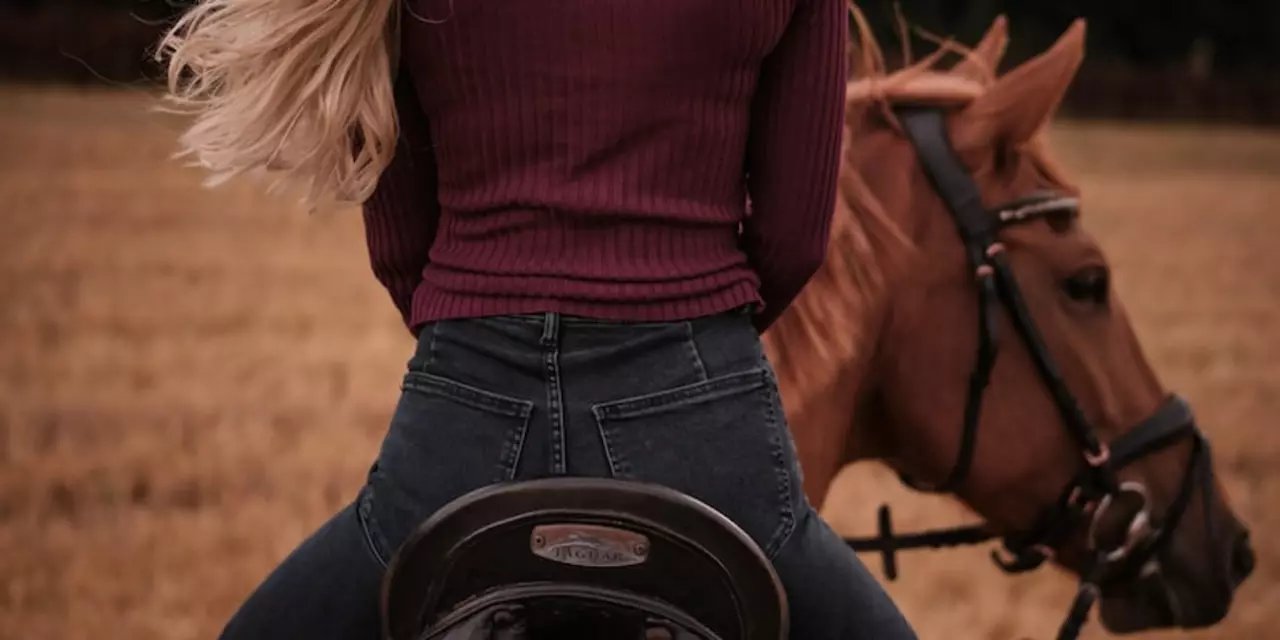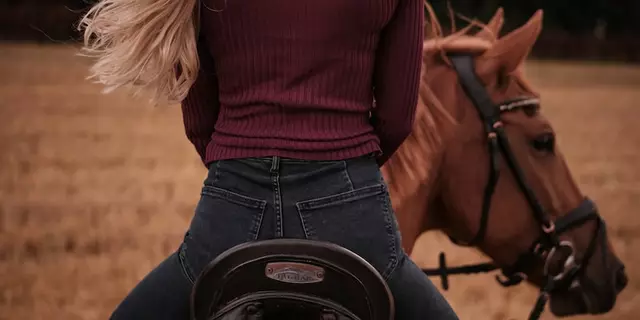Prevention Tips for Safer Riding and Horse Care
If you love horses, the best part of the hobby is staying safe while having fun. Simple habits can stop most accidents before they happen. Below are the most useful prevention ideas you can start using today.
Gear Up the Right Way
The easiest way to avoid injury is to wear the right equipment. A well‑fitted helmet protects your head from falls, and sturdy boots with a small heel keep your foot from slipping through the stirrup. Don’t skip a safety vest if you ride at speed or jump obstacles – it cushions the torso and can make a big difference.
Check your gear before every ride. Look for cracks in the helmet shell, worn-out straps, or loose buckles. A quick visual inspection takes less than a minute and saves you from a painful surprise later.
Start Slow and Build Skill Gradually
Whether you’re a teen just starting or a senior picking up the reins again, the learning curve matters. Begin with basic balancing exercises on a calm horse. Once you feel steady, add short trots before moving to canters.
Try to ride at least two to three times a week. Consistency reinforces muscle memory and reduces the chance of over‑exertion that can cause strain for both rider and horse.
When you feel ready for new challenges, introduce them one at a time. Jumping, long‑reining, or riding in unfamiliar terrain each brings its own risks, so give yourself time to adapt.
Know Your Horse’s Limits
A healthy horse is the foundation of safe riding. Regular veterinary checks, dental work, and farrier visits keep the animal physically sound. Watch for signs of fatigue – a horse that drops its head, sweats heavily, or refuses to move may need a break.
Training your horse to respond calmly to common commands also prevents sudden movements that could unbalance you. Use positive reinforcement like treats or gentle praise after each successful cue.
Practice Good Riding Habits
Posture matters more than you think. Keep a relaxed but upright seat, shoulders back, and elbows close to your body. This alignment reduces strain on your back and gives you better control.
Always use the reins lightly. Pulling hard can startle the horse and cause a jerk that throws you off. Instead, maintain even pressure and give clear, consistent cues.
When you finish a ride, spend a few minutes walking the horse and cleaning its tack. Clean tack prevents rope burns and equipment failure on the next outing.
Plan for the Unexpected
Even with perfect preparation, something can go wrong. Carry a basic first‑aid kit for both you and the horse. Know how to treat minor cuts, bruises, and splints. A quick phone call to a nearby vet can be a lifesaver if a serious injury occurs.
Ride with a buddy whenever possible, especially on new trails. If you’re alone, let someone know where you’ll be and when you expect to return.
Finally, stay aware of the weather. Hot days can cause dehydration, while icy ground increases slip risk. Adjust your riding schedule or gear accordingly.
By combining proper gear, steady training, attentive horse care, good riding habits, and a plan for emergencies, you create a strong prevention routine. It takes a little effort, but the payoff is more enjoyable, longer riding seasons and fewer trips to the clinic.
Start applying these tips today and notice the difference – a smoother, safer ride that lets you focus on the joy of being with your horse.




